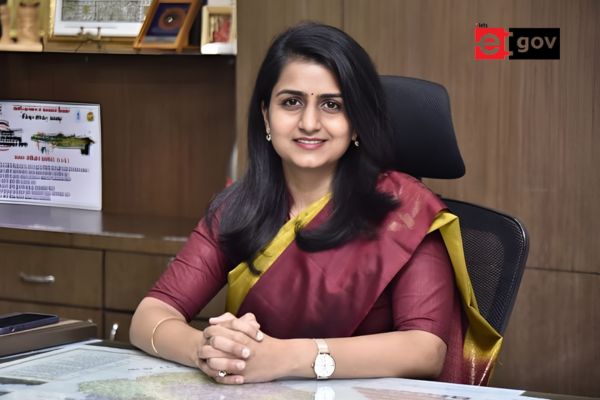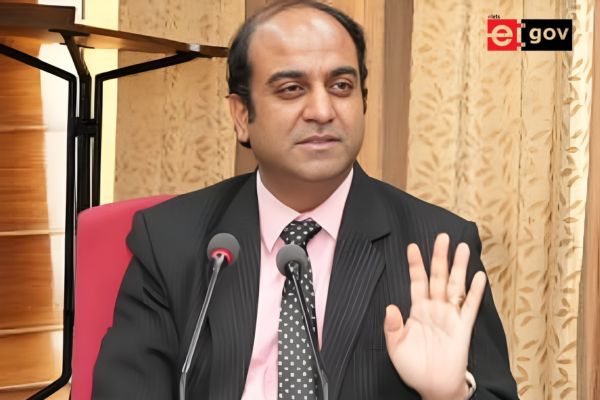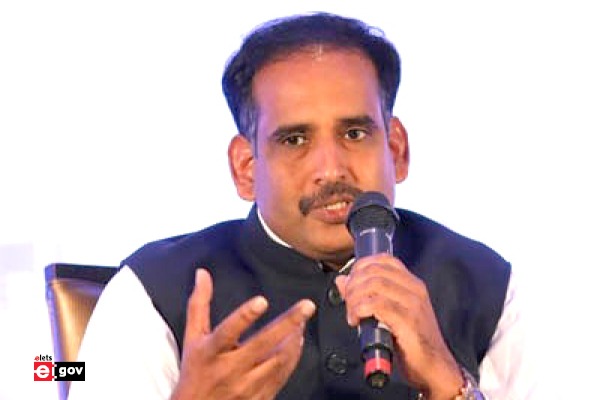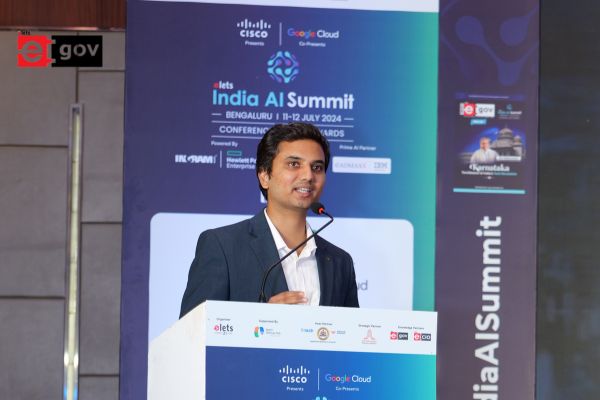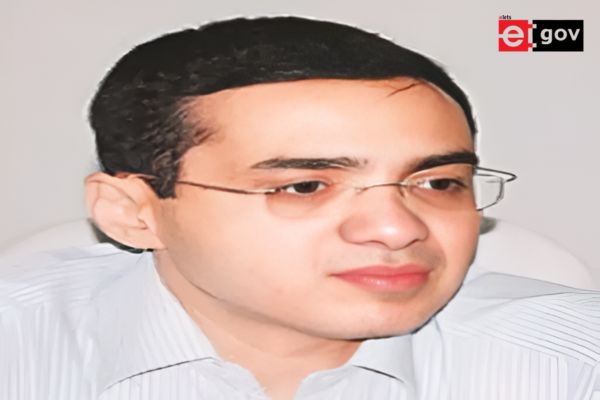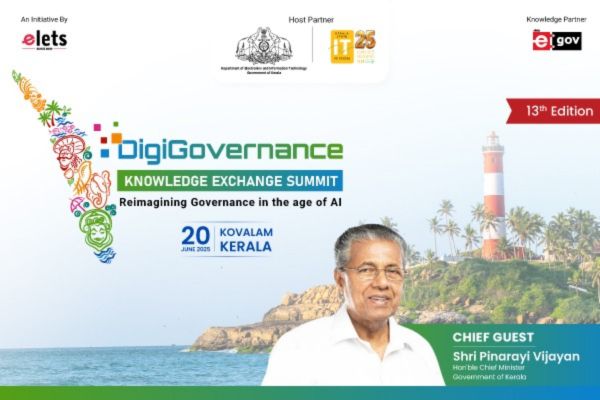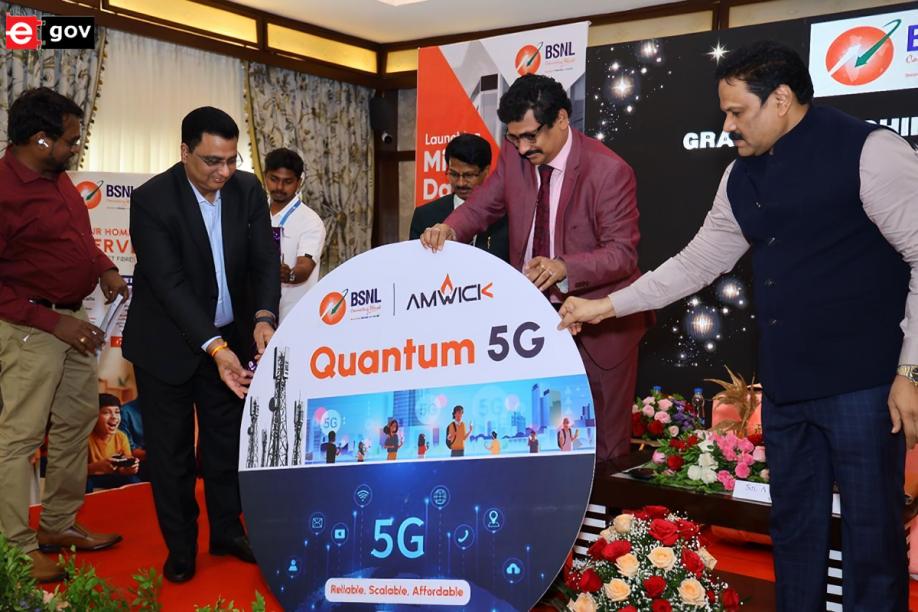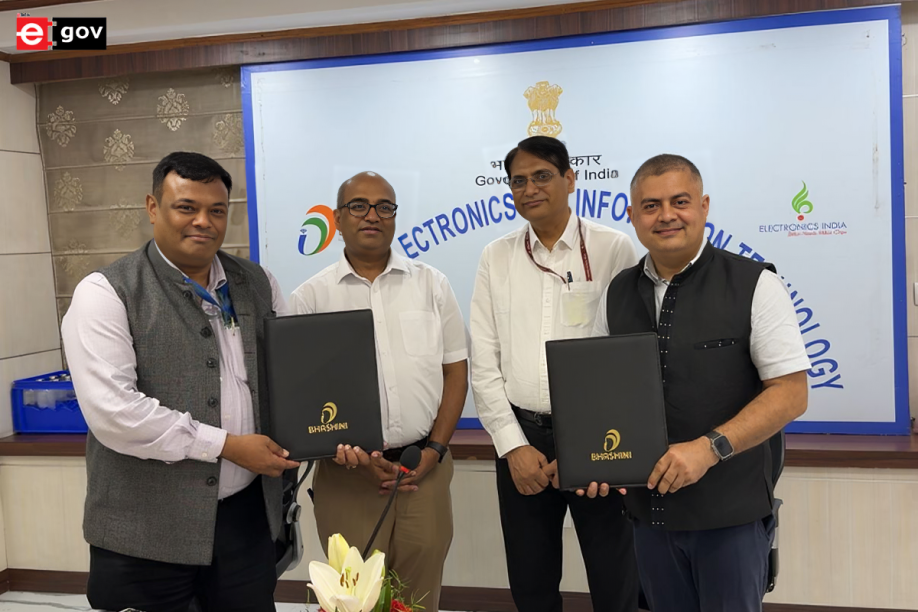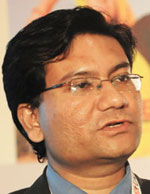 By Anir Chowdhury,
By Anir Chowdhury,Policy Advisor, A2I Programme, Prime Minister’s Office, BangladeshThe current Bangladesh government took office in early 2009 but in late 2008 they published a “Charter for Change” that talked about poverty, human resource dev, employment, health and power and energy as the four key areas. Underlying all this is IT-facilitated socio-economic development which we call Digital Bangladesh.Digital Bangladesh Charter for Change
Focus 1: Change of Mindset

Unless the bureaucracy and politicians do not change the way they see service delivery – not as patronage but as an obligation to people, improvements would be difficult. We are seeing a change in mindsets and hence a decrease in harassment and reduction in costs and time of services. The driving slogan here is “Citizens will not go to services, services will come to citizens”

Focus 2: Demonstration and Upscaling

We are seeing some encouraging signs under various initiatives. For example, the e?Purjee system generates SMS?based purchase orders for sugarcane farmers. From 2 mills in 2009, it now covers 15 mills. This has empowered farmers, increased transparency and improved efficiency of mills.

This experience has given confidence to policy makers that ICT can actually improve service delivery. In the last few years, we have moved from a process of automation to one of improving services. The citizens have also seen how ICT can help them in many different ways. The eTathya Kosh is an encyclopedia where about 200 partner organisations are working to aggregate livelihood information in multimedia format.
We are also planning to develop a National Population Register which is going to be a ground-breaking effort as far as interoperability is concerned. An interoperability framework has already been published and the NPR will make it happen.
Focus 3: ICT Infrastructure Development
Development and optimal utilisation of ICT infrastructure is a key focus area. About 15 years ago Bangladesh Railway lent its fibre to Grameenphone which is owned mostly by Telenor and that caused a cell phone revoulution in the country. The Power Grid Company of Banglasdesh hasrecently given its fibre to he private sector so that a broadband revolution can happen. We have identified about 156000 institutions around the country for this revolution.
Focus 4: Leadership Development
Technology only contributes a small part to the egovernance revolution. Business Process Reengineeringand change management form the bulk of the ask of improving service delivery. Elected representatives, officials at different levels, media personnel, private sector and citizens are being targeted for eveloping a leadership for the entire effort.
Focus 5: Execution through Partnership
Through a partnership of the public sector, the private sector and people, backed by technical assistance from development partners, we are working towards converting the vision of Digital Bangladesh vision into reality.
Focus 6: Planning and Coordination
‘Strategic Priorities for Digital Bangladesh’ aims at identifying the role of technology in socio?economic transformation by 2021. his as now been mainstreamed into National Planning in the 6th Five Year Plan.
We have developed egovernance focus points in every ministry and the entire effort is coordinated from the PMO. The ICT priorities are becoming sectoral priorities in health, education agriculture etc.
Be a part of Elets Collaborative Initiatives. Join Us for Upcoming Events and explore business opportunities. Like us on Facebook , connect with us on LinkedIn and follow us on Twitter, Instagram.
"Exciting news! Elets technomedia is now on WhatsApp Channels Subscribe today by clicking the link and stay updated with the latest insights!" Click here!





